
lithograph by Franz Würbel (1822-1900)
Ernst Karl Heinrich, Count Hoyos-Sprinzenstein (18 June 1830, Vienna - 21 August 1903, Ternitz) was an Austrian nobleman, landowner, and politician.

Ernst Karl Heinrich, Count Hoyos-Sprinzenstein (18 June 1830, Vienna - 21 August 1903, Ternitz) was an Austrian nobleman, landowner, and politician.
The Hoyos family was originally from Spain and emigrated to Austria in the 16th century, to serve the Emperor Ferdinand I, who was also of Spanish origin. His grandfather, Johann Ernst Hoyos-Sprinzenstein , was an Imperial Count. [1]
He was an Imperial-royal Chamberlain and, in 1861, was appointed by Emperor Franz Joseph I as a hereditary member of the Herrenhaus of the Austrian Reichsrats. He occasionally served as its Vice-President. From 1874 to 1883, he was a member of the building commission for the new Austrian Parliament Building; constructed on the Ringstraße.
In 1864, he agreed to donate the "Stixensteinquelle" (spring), near the Burg Stixenstein in Lower Austria, to the City of Vienna. This made it possible to build the First Vienna Mountain Spring Pipeline, the city's first major source of safe drinking water. The spring had been passed down in his family since 1555.
His most notable achievement was the reconstruction of the partially ruined Rosenburg Castle. The restorative work, which was partially based on representations from the Topographia Windhagiana (1673), was begun in 1859 and lasted for over two decades. [2] It was made partially accessible to the public before the end of the 19th century, and is still a major tourist attraction.
He was a Knight in the Order of the Golden Fleece and, after donating his spring, was named an Honorary Citizen of Vienna.
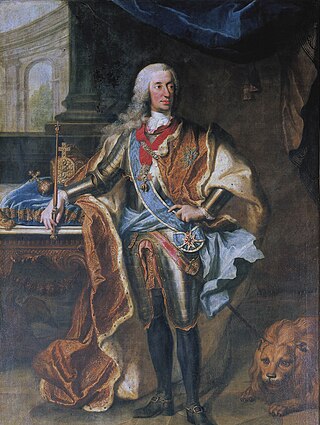
Charles VII was Prince-Elector of Bavaria from 26 February 1726 and Holy Roman Emperor from 24 January 1742 to his death. He was also King of Bohemia from 1741 to 1743. Charles was a member of the House of Wittelsbach, and his reign as Holy Roman Emperor thus marked the end of three centuries of uninterrupted Habsburg imperial rule, although he was related to the Habsburgs by both blood and marriage.
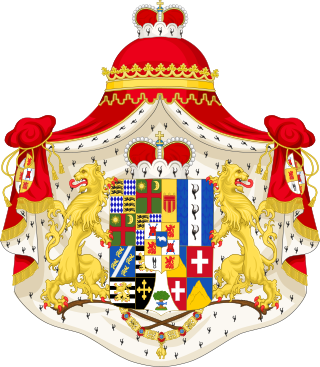
The Princely House of Thurn and Taxis is a family of German nobility that is part of the Briefadel. It was a key player in the postal services in Europe during the 16th century, until the end of the Holy Roman Empire in 1806, and became well known as the owner of breweries and commissioner of several castles. The family has resided in Regensburg since 1748 with their seat at St. Emmeram Castle from 1803. The family is one of the wealthiest in Germany, and the current head of the House is Albert, 12th Prince of Thurn and Taxis.

The emperor of Austria was the ruler of the Austrian Empire and later the Austro-Hungarian Empire. The hereditary imperial title and office was proclaimed in 1804 by Francis II, Holy Roman Emperor, a member of the House of Habsburg-Lorraine, and continually held by him and his heirs until Charles I relinquished power in 1918.

Franz Carl Heimito, Ritter von Doderer, known as Heimito von Doderer, was an Austrian writer.

Archduke Albrecht Friedrich Rudolf Dominik of Austria, Duke of Teschen, was an Austrian Habsburg general. He was the grandson of Emperor Leopold II and one of the chief military advisors of Emperor Francis Joseph I. As Inspector General for 36 years, he was an old-fashioned bureaucrat who largely controlled the Austro-Hungarian Army and delayed modernization. He was honored with the rank of Field Marshal in the armies of Austria-Hungary (1863) and Germany (1893).
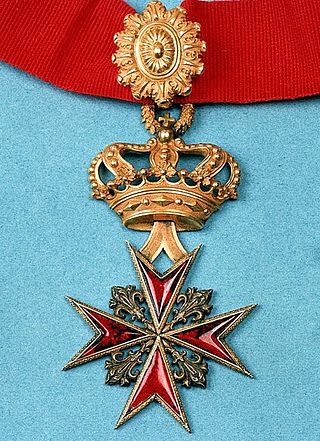
The Order of Saint Stephen is a Roman Catholic Tuscan dynastic military order founded in 1561. The order was created by Cosimo I de' Medici, first Grand Duke of Tuscany. The last member of the Medici dynasty to be a leader of the order was Gian Gastone de Medici in 1737. The order was permanently abolished in 1859 by the annexation of Tuscany to the Kingdom of Sardinia. The former Kingdom of Italy and the current Italian Republic also did not recognize the order as a legal entity but tolerates it as a private body.
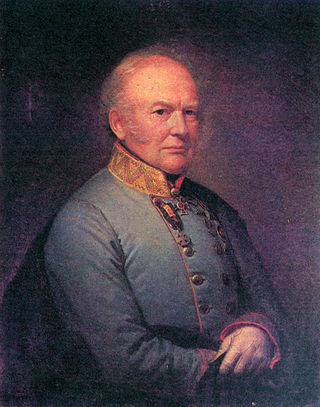
Karl Ludwig, Count of Ficquelmont was an Austrian aristocrat, statesman and Field marshal of the Austrian Imperial army of French noble origin.

Franz Ludwig Johann Baptist Count von Meran, Baron von Brandhofen was an Austrian nobleman and courtier.
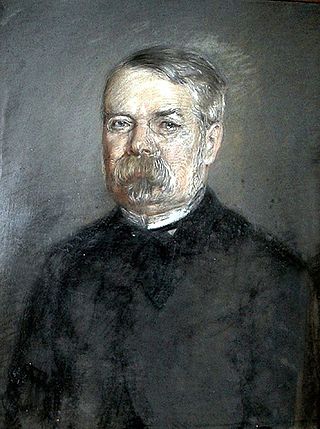
Adolph Aloys Freiherr von Braun was a diplomat and statesman who became one of the closest collaborators of the Emperor Franz Joseph I of Austria. He was the Privy Councillor and Director of the Emperor's Cabinet's Chancellery from 1865 to 1899.
Chevalier Louis Antoine Debrauz de Saldapenna was an Austrian secret diplomat and journalist, founder and editor of the Mémorial diplomatique, a noted statistical expert of his time and the author of numerous books on politics, law and financial subjects.

Rosenburg is a castle in the municipality Rosenburg-Mold, Lower Austria, Austria. Rosenburg is on a cliff above the valley of the River Kamp at an elevation of 345 metres (1,132 ft) above sea level. It is one of Austria's most visited Renaissance castles. It is situated in the middle of a nature reserve - the Naturpark Kamptal - which adds to its appeal. There are various castles and fortifications in Austria and Germany that bear the name "Rosenburg", but if people use the term without further specifications, it may be understood that they refer to this site in Lower Austria. The well-known Austrian folk song "Es liegt ein Schloss in Österreich" is often assumed to refer to the Rosenburg.
Ludwig Alexander Georg Graf von Hoyos, Freiherr zu Stichsenstein was an Austro-Hungarian diplomat who played a major role during the July Crisis while serving as chef de cabinet of the Foreign Minister at the outbreak of World War I in 1914. He was the last chef de cabinet of Austria-Hungary. He was the grandson of Robert Whitehead, the inventor of the torpedo.
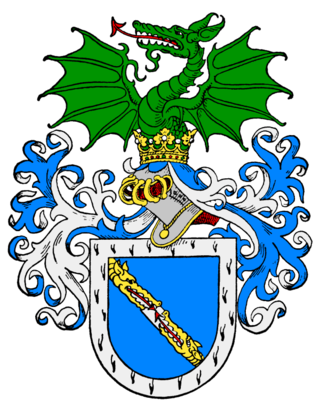
The House of Hoyos is a prominent Austrian noble family of an ancient Castilian origin, whose members held significant political positions during the Austro-Hungarian and the German Empire.
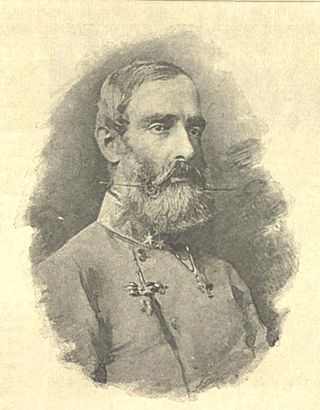
Archduke Ernst of Austria, Archduke of Austria, Prince Royal of Hungary and Bohemia was a member of the House of Habsburg-Lorraine.

The House of Lords was the upper house of the Imperial Council, the bicameral legislature of the Austrian Empire from 1861 and of the Cisleithanian (Austrian) half of Austria-Hungary upon the Compromise of 1867. Created by the February Patent issued by Emperor Franz Joseph I on 26 February 1861, it existed until the end of World War I and the dissolution of the Dual Monarchy, when on 12 November 1918 the transitional National Assembly of German-Austria declared it abolished. It was superseded by the Federal Council of the Austrian Parliament implemented by the 1920 Federal Constitutional Law.

Konstantin Viktor Ernst Emil Karl Alexander Friedrich Prinz zu Hohenlohe-Schillingsfürst was a k.u.k. First Obersthofmeister and General of the Cavalry of Austria-Hungary.
Hoyos is a surname. Notable people with the surname include:

Adolf Bäuerle (real name Johann Andreas Bäuerle was an Austrian writer, publisher and main representative of the Alt-Wiener Volkstheater.
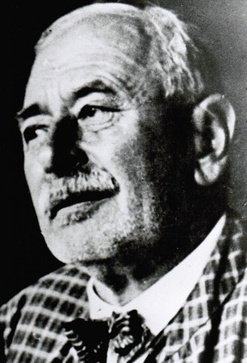
Ernst Ritter von Lauda, was an Austrian hydraulic and bridge engineer who was an adviser to Emperor Franz Joseph I of Austria. He was awarded the Order of Franz Joseph and the second class of the Order of the Iron Crown and was given his own coat of arms.
Georg Grabner zu Rosenburg und Zagging was a nobleman of the Archduchy of Austria under the Enns in the age of the Reformation.